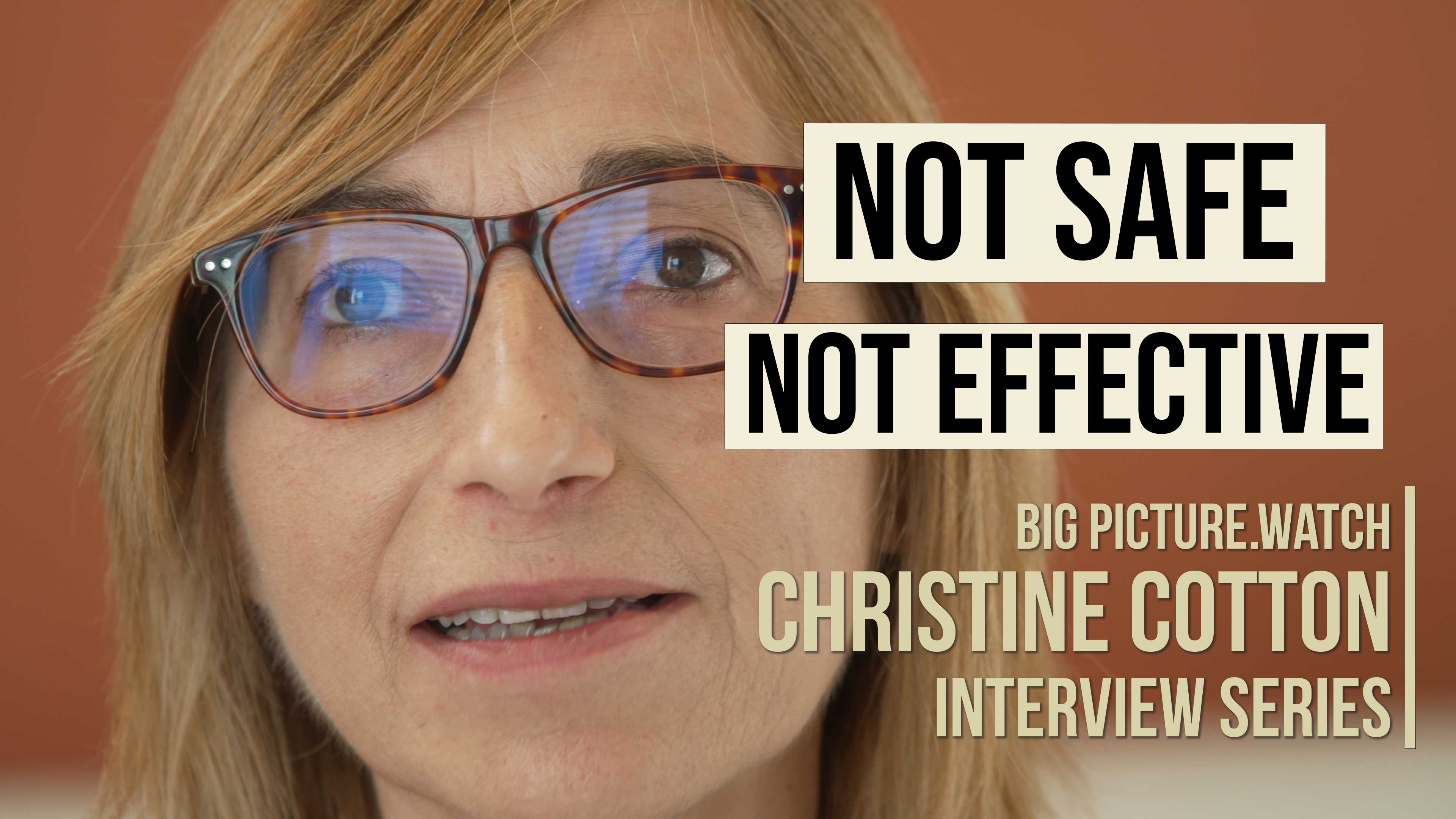Clinical Trial Designer: Not Safe and Not Effective | Christine Cotton
French biostatistician and clinical trial designer
I caught up with Christine Cotton in southern France. She has had a long and distinguished career working for the largest pharmaceutical companies in the world, designing clinical trials for their products to be approved. In this interview she reviews the Pfizer clinical trials. What she discovered shocked her…
“I’ve never seen such a bad clinical trial in my life.”
My French contacts brought Christine to my attention as one of the most credible voices from inside the pharmaceutical industry speaking out on the questionable methodology of the Pfizer clinical trials. The misleading statistics generated from these trials caused much confusion in the public. I met her at her place in the French countryside to capture the full story of what she had to say. This is one of the only English interviews she has ever given.
In this interview, Christine Cotton breaks down how a good clinical trial should be structured. When the clinical trial study reports for the Pfizer jab were released in December 2020, she reviewed them thoroughly and was shocked by what she discovered.
She had never seen such a poorly designed clinical trial in her life and found significant bias baked into the trial and missing data.
Pfizer telescoped a 24-month process into three months, which means that only immediate adverse events could have been identified. Mid-term and long-term adverse events could not have been taken into consideration. Christine Cotton points out the inherent risk of running a clinical trial so quickly with the multiple phases of the trial overlapping. The jab was allegedly developed within three months of the outbreak starting, which means the results are questionable.
The criterion Pfizer used was symptomatic Covid confirmed with a PCR test. This brings up the issue of statistical bias.
The clinical trials measured only for antibodies rather than for T cells or lymphocytes. And the antibodies were tested for only a three-month period and no longer. The data showed a dwindling of antibody immunity in the third month. This questionable methodology coincided suspiciously with the marketing of the perpetual booster shots to the public. If statistical bias is not omitted in a clinical trial, then the trial’s conclusion are invariably false. The Pfizer data showed that many people died within days and weeks after the injection, yet those criteria were not considered in the analysis.
The public was constantly told of the efficacy rates of the jab, but as Christine Cotton points out, they didn’t tell you the confidence interval of those efficacy rates. If the confidence interval of those rates was low, which it was, then those efficacy rates are meaningless.
Listen to this interview to better understand the dynamics of designing and running a clinical trial and to learn what to look for to spot the deceptive statistics presented by the media!
Cordially,
James Patrick
Contributions Like Yours Make Interviews Like This One Possible.







